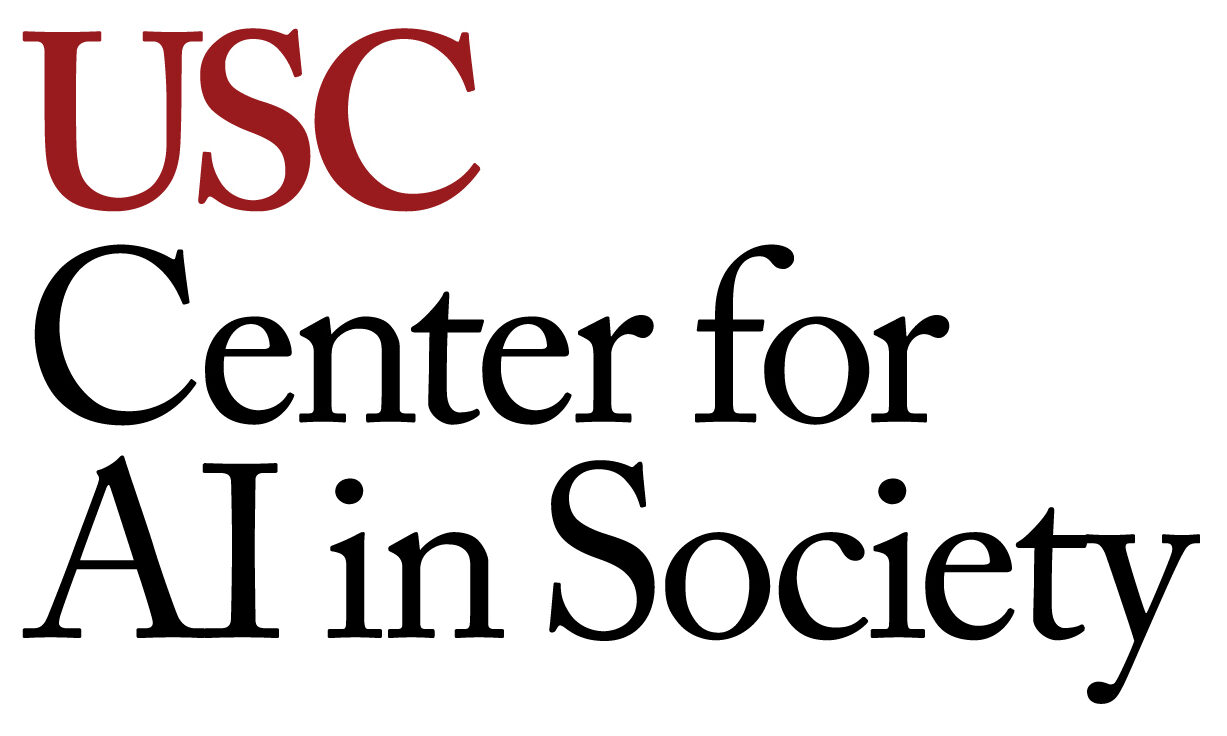Dr. Turgay Ayer presented a talk titled “An Analytics Approach to Prioritizing Access to Hepatitis C Treatment in US Prisons.” He began by giving some background about Hepatitis C (HCV), a disease which causes degradation of the liver and is the leading cause of liver cancer and transplants. There are over 3 million people infected with HCV in the US, and Dr. Ayer noted that when he first got involved in the research he was shocked to learn that as of 2006, deaths from HCV had surpassed those due to HIV. Given that the rate of HCV is 10 times higher in prisons, due to the fact that HCV is mainly transmitted via injection drug use (IDU), Dr. Ayer and his collaborators have focused their research efforts on this population.
Although recent advances have made treatment for HCV more effective, and have shortened the treatment duration significantly, the enormous cost makes it impossible for prisons to treat everyone. One HCV pill can cost as much a $1000, which translates to a cost of $84,000 for a single course of treatment. Dr. Ayer estimates that the government would need to double or even triple the prison health budget to be able to offer universal treatment to those infected. Since this type of budget increase is extremely unlikely, Dr. Ayer and his collaborators have been working on an improved prioritization system, which works to maximize the Quality Adjusted Life Expectancy (QALYs) gained by treating certain patients.
Dr. Ayer and his collaborators first build an analytical model, and then validate it using a high-fidelity agent-based simulation model, based on real data. The model uses factors such as liver health, remaining length of sentence, IDU, and virus type. It is based on a policy known as the Whittle’s Index, however, the straight Whittle’s Index policy does not account for the possibility of future treatment, given a patient is passed up in the current iteration. Dr. Ayer’s team has created an improved version of the model, known as a capacity-adjusted index policy, which allows for the more realistic assumption that an individual not treated at present may be treated at a later time, given they remain in prison.
Dr. Ayer presented results showing that the model created by his team improves QALY maximization compared to current practice. However, he also noted that as with any prioritization system there are tradeoffs. With HCV in particular, there is a modeling question of how to prioritize persons who 1) use injection drugs, who might be released, further spread the disease via IDU to others, and who themselves are at risk of being re-infected, versus 2) persons who have never used injection drugs and are thus less likely to be re-infected, but whose treatment also will not prevent as many further infections should they be released. He noted that the model can make recommendations on how to handle these tradeoffs, but that it is still a complicated moral issue, and even doctors in the field disagree on how best to handle the tradeoffs regarding who to treat.




